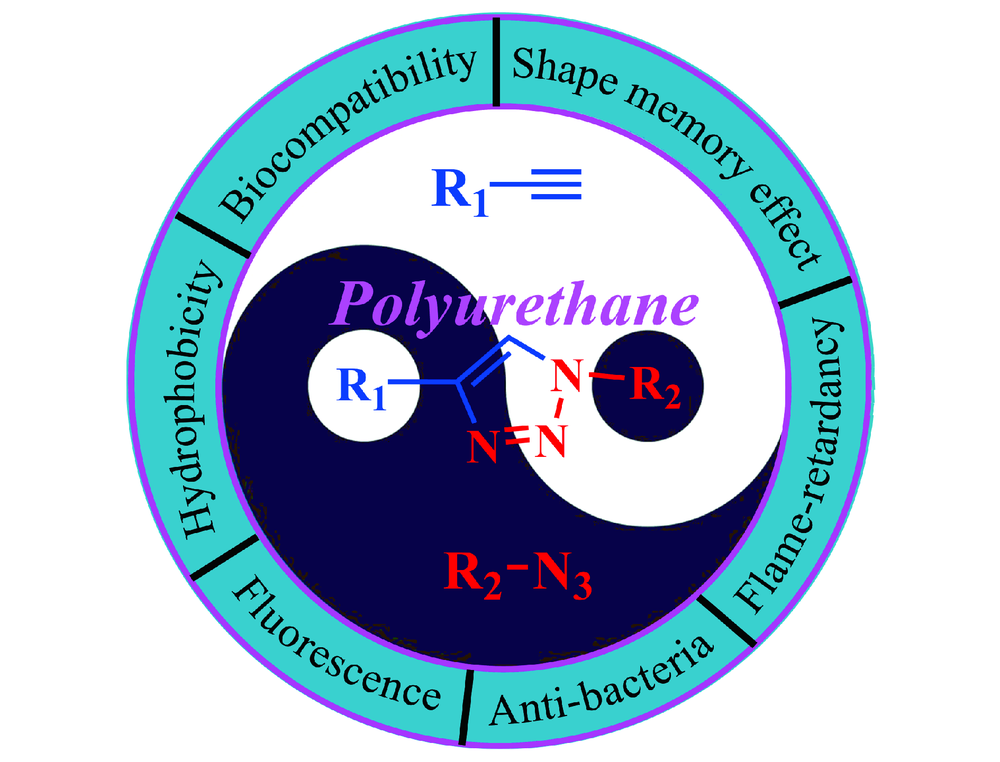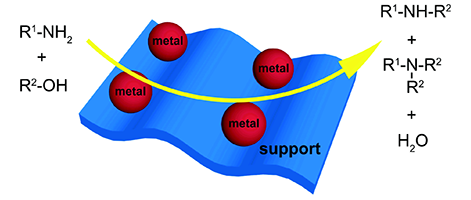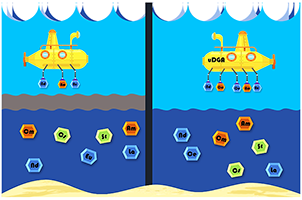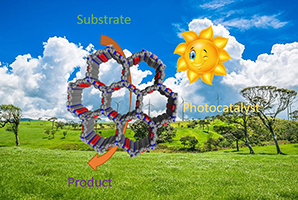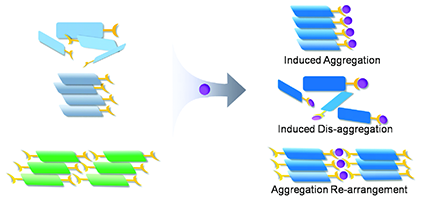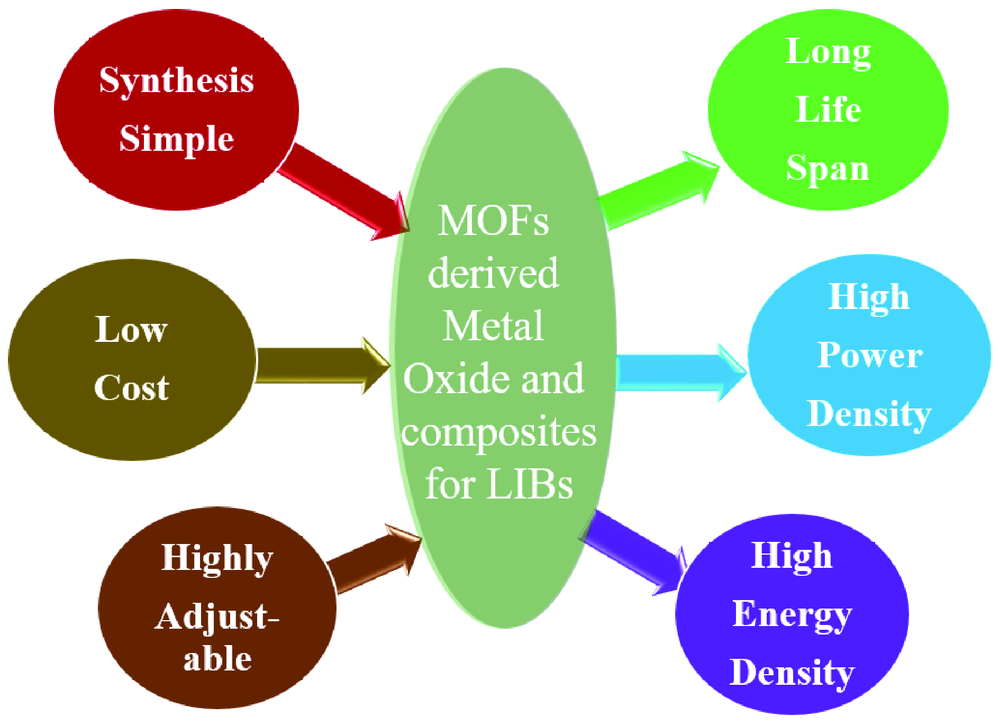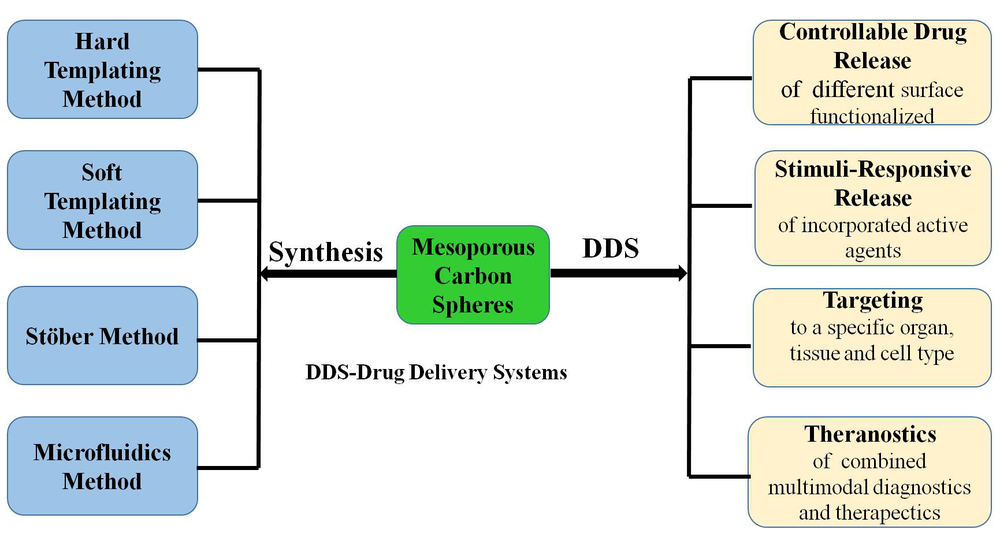Qiang Zhang, Wenjun Huang, Yanbin Wang, Xingjian Li, Yiheng Zhang. Functionalization of Polyurethane Based on Copper-Catalyzed Azide-Alkyne Cycloaddition Reaction[J]. Progress in Chemistry, 2020, 32(2/3): 147-161.
As an important industrial material, polyurethane(PU) has many unique and excellent properties, which makes PU materials possess a wide range of applications in many fields. Due to the lack of further modified functional groups on the PU backbone, the high value-addition of PU materials is limited, and its widespread application in high-tech fields is hindered. Therefore, the modification and functionalization of PU is one of the hot topics in academia and industry. At present, there are many methods for modification and functionalization of PU materials. Among them, the Cu(Ⅰ) catalyzed Huisgen 1, 3-dipolar cycloaddition(CuAAC) between an azide and an alkyne compound forming trans 1, 2, 3-triazole compounds, which is the essence of click chemistry reaction, has the characteristics of simple operation, flexibility and high efficiency. It plays a unique and important role in the functional modification research of PU materials. This paper briefly introduces the design idea of functional modification of PU materials based on CuAAC reaction. The functional modification research and application of biocompatibility, hydrophobicity, fluorescence, antibacteria, flame retardancy, shape memory effect, mechanical properties and thermal stability of PU materials based on CuAAC reaction are highlighted. Finally, the main problems of the modified PU via CuAAC reaction are summarized, and the research direction is prospected.









